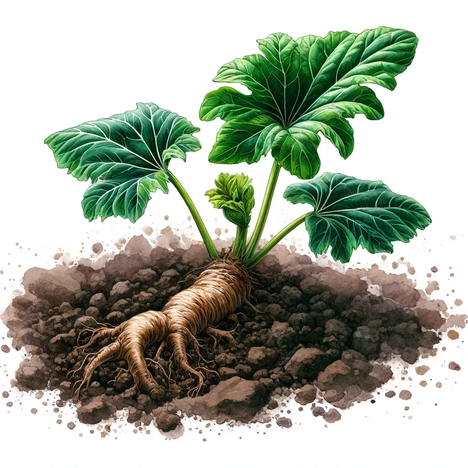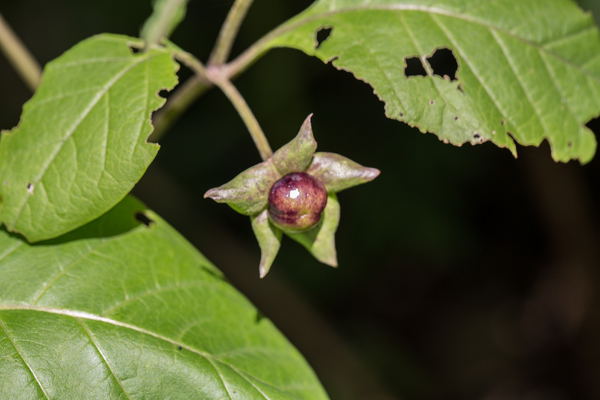Mandrakes

What is mandrake?
Mandrake (Mandragora) is a genus in the nightshade family (Solanaceae) known for its deep roots in mythology and medical history. The plant is characterized by its large, dark green leaves, bell-shaped flowers and a large root that often resembles a human form. Historically, mandrake has been used for its sedative and hallucinogenic properties in both medicine and ritual practices.
Historical background
The use of mandrake dates back to ancient times, where it was used both as a remedy and as a magic potion. The plant was notorious for its supposed supernatural powers, including the ability to attract love and increase wealth. In medicinal use, its root extracts were prized for their pain-relieving and sleep-inducing effects.
Benefits of mandrake for dogs
The direct use of mandrake in the dog diet is a subject that should be treated with extreme caution. While there are anecdotal reports of the positive effects of mandrake extracts on certain canine ailments, the scientific data is sparse. Theoretically, the sedative properties of mandrake extracts could be helpful in dogs with extreme anxiety or stress. However, it is important to emphasize that such applications should always be made under the supervision of a veterinarian.
Possible therapeutic uses
- Anxiety and stress: For dogs suffering from severe anxiety, mandrake preparations could potentially have a calming effect.
- Pain relief: The analgesic properties could theoretically assist in the treatment of chronic pain.
Risks and disadvantages
The use of mandrake in dogs is not without risk. The plant contains several alkaloids, including hyoscyamine and scopolamine, which are highly toxic. These substances can cause severe symptoms of poisoning in dogs, including but not limited to
- Vomiting and diarrhea
- Increased heart rate
- Hallucinations
- Lethargy or hyperactivity
- In the worst case, coma or death
Dealing with the risks
Given the potential toxicity of mandrake, it is crucial that any use in dog health and nutrition is done under strict veterinary supervision. Self-medication without expert advice can lead to life-threatening situations.
Mandrakes are fascinating because of their mystical history and their potential medicinal applications. However, great caution is required when using it in dogs. The risks of mandrake poisoning far outweigh the insufficiently researched benefits. It is extremely important that pet owners seek the advice of a veterinarian before giving their dog any supplements or herbs, especially those with a history as complex and potentially dangerous as mandrake. The health and safety of our animal companion should always come first.
Properties 9
Are you looking for other ingredients with a specific property?
Just click on them to find more.
If you notice any signs of hypersensitivity or poisoning in your dog, you should see your vet immediately. We are not a substitute for a vet, but we try to be as accurate as possible. Every dog reacts differently and we recommend you get a second opinion or consult your vet if in doubt.
Stay healthy and take good care of your four-legged friend!😊
Similar to Mandrakes
Belladonna (Atropa belladonna) is a perennial shrub from the nightshade family. It can grow up to two meters high and has egg-shaped leaves and bell-shaped flowers, which are brown-purple on the...
Black henbane belongs to the nightshade family(Solanaceae) and is native to Europe, Asia and North Africa. The plant is easily recognizable by its sticky, serrated leaves, the funnel-shaped, often...
Datura is a member of the nightshade family, like the potato or tomato. It grows as an annual herb up to one meter high and is widespread in many parts of the world. It is sometimes cultivated as an...


